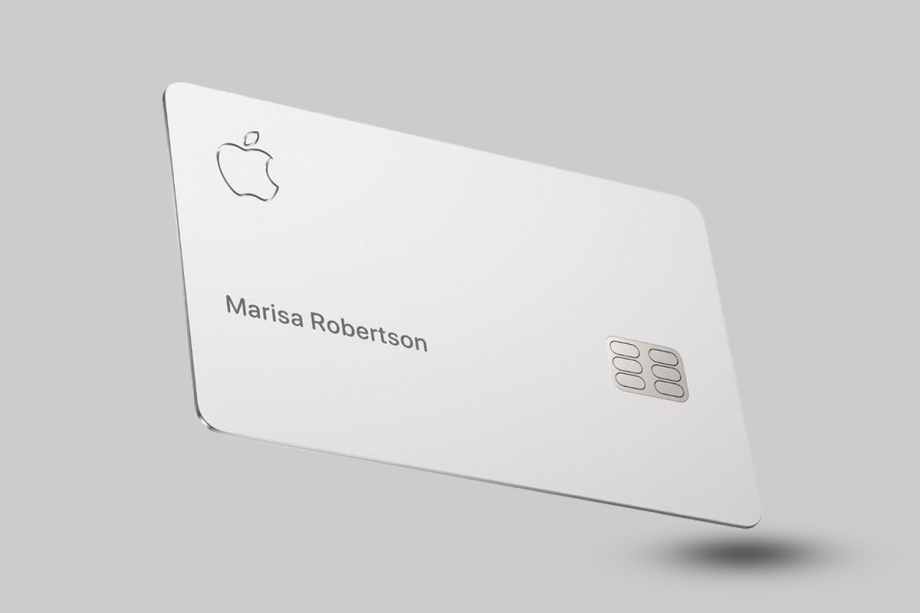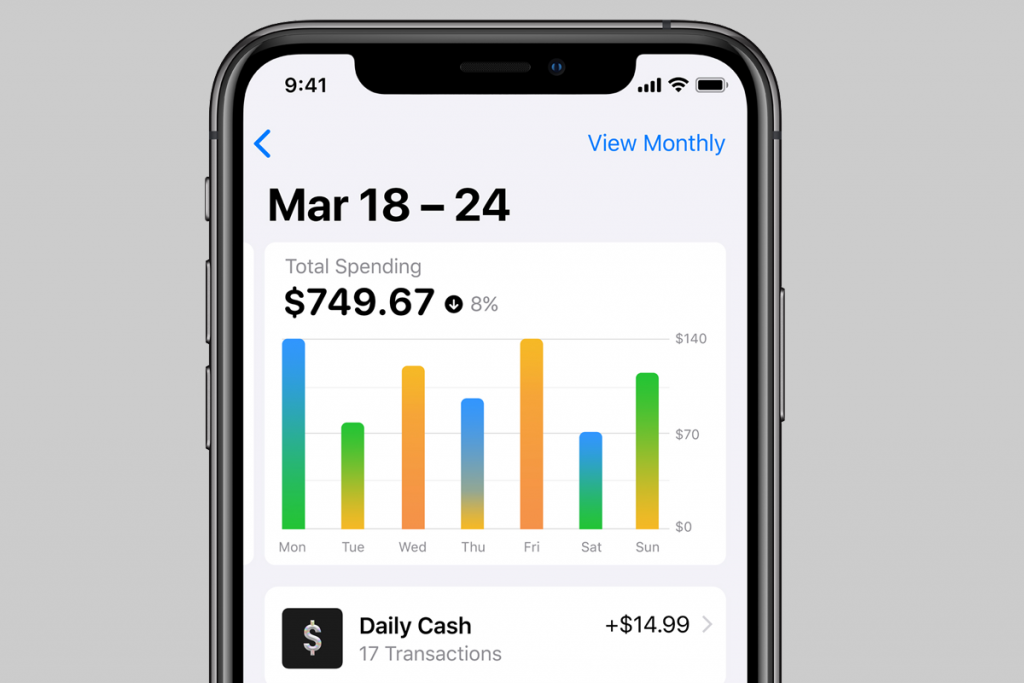Apple Card: Everything you need to know about Apple’s credit card

It’s been almost six months since the Apple Card was first announced and – following the release in August – the credit card is now available to all iPhone owners in the US.
While Apple has long offered finance options for its products – in collaboration with different financial institutions – its new credit card and partnership with Goldman Sachs is something completely new.
The new direction would appear like a strange step for Apple but – as the company continues to expand its services – a credit card is another way for it to expand its brand of convenience, privacy and design.
The practicalities of the Apple Card revolve around the company’s message of customer satisfaction. Since launch, Apple has touted the card’s flexible repayment options and cashback offers as the flagship features.
The Apple Card continues to bubble under the surface as we wait for a potential global rollout. In the meantime, we’ve brought together everything we know about Apple’s new credit card right now into this handy guide.
Related: Best iPhone
What is the Apple Card?
The Apple Card is a credit card. We are going to get into all the bells and whistles but – on the face of it – the Apple Card is simply another credit card. You buy things with it and you pay it off.
The physical card has a very minimalist design and the wow factor is that it is made of metal. On the front, the aluminium card simply features the cardholder’s name, an Apple logo and a chip – all etched onto the sheet of metal.
Remember “Created by Apple, not a bank”? Sorry to disappoint, but Apple is working with Wall Street bank Goldman Sachs on the credit card. There is no argument that Apple is implementing a lot of its philosophies into this credit card product, but it is partly created with a bank.
Should I get an Apple Card?
Two big selling points of the Apple Card are the integration with Apple Pay and the cashback it offers.
Depending on what stores you frequent, you may never actually have to use the physical Apple Card. You can pay for everything via Apple Pay using contactless payments.
Bringing us back around to “a new kind of credit card”, Apple has been touting the budget-management offerings within Apple Pay as one of its new features. Apple Pay will show detailed listings of your spending and you can allocate budgets to various categories.
If you’re based in the UK or Europe, you’re probably quite familiar with mobile challenger banks (e.g. Monzo, Starling and Revolut). Even the larger banks in the UK have begun to offer much more competent mobile solutions.
However, the US is a bit behind on this front (Monzo recently launched in the US to take advantage of this fact). Therefore, Apple is pretty easily able to claim that – for the US – it is a new kind of card.

Then, there’s cashback offers. The cashback offers are firmly aimed at enticing die-hard Apple fans but they will likely be nice to have for anyone.
When buying Apple products using your Apple Card, you receive 3% cashback. This is surely the big sell for those heavily invested in Apple’s ecosystem – if you have an Apple Card and are planning on buying Apple AirPods or Apple Watch Series 3 then it’s a no-brainer.
You get 2% cashback on any Apple Pay purchases. On all other purchases, you get 1% cashback.
Cashback always sounds massively appealing but – perhaps – the more sensible and helpful benefits comes from lack of card fees.
The Apple Card imposes no fees. There is no annual fees, fees on foreign transactions or late payment fees. While there are no fees, you do accrue interest if you miss payments. Your rate will be 12.99% to 23.99% depending on your credit history.
When it comes to making repayments, Apple is looking to make it as easy as possible. When you make a payment, you are able to see what potential interest could be charged. You can move a wheel to adjust the amount you want to pay to determine if a different payment amount may be more beneficial – such as only making a minimum payment.
The payment options are part of Apple’s mission with its credit card to offer flexible and clear payment decisions to its customers.
Another benefit is the security and privacy features of the Apple Card. The Apple Card uses your device number and generates a one-time security code for every transaction. Each transaction also requires authentication via your chosen device security method – Face ID, Touch ID etc.
The physical card has no information on it about the account or its holder beyond their name. You can access these details in the Wallet app if you need to provide a long card number and expiry date.
The app also offers the option to freeze your card and request a replacement if and when required.
When is the Apple Card release date?
The Apple Card has now launched in the US. From August 20, all US iPhone users with a compatible device were able to apply for the Apple Card.
Apple extended its 3% cashback beyond just its own products following the wider US launch. You can now get 3% cashback on Uber and Uber Eats.
When is the Apple Card UK release date?
At the moment, Apple is working in collaboration with Goldman Sachs and Mastercard for its US credit card and there’s no official word on a global rollout – including the UK.
Goldman Sachs has mentioned a release beyond the US but nothing has come of it just yet. The companies are likely waiting to see if the Apple Card is successful in the US – with a UK release dependent on the outcome. The dependancy on success in the US could mean the card never actually sees the light of day in the UK but we will keep this article updated with any news.

